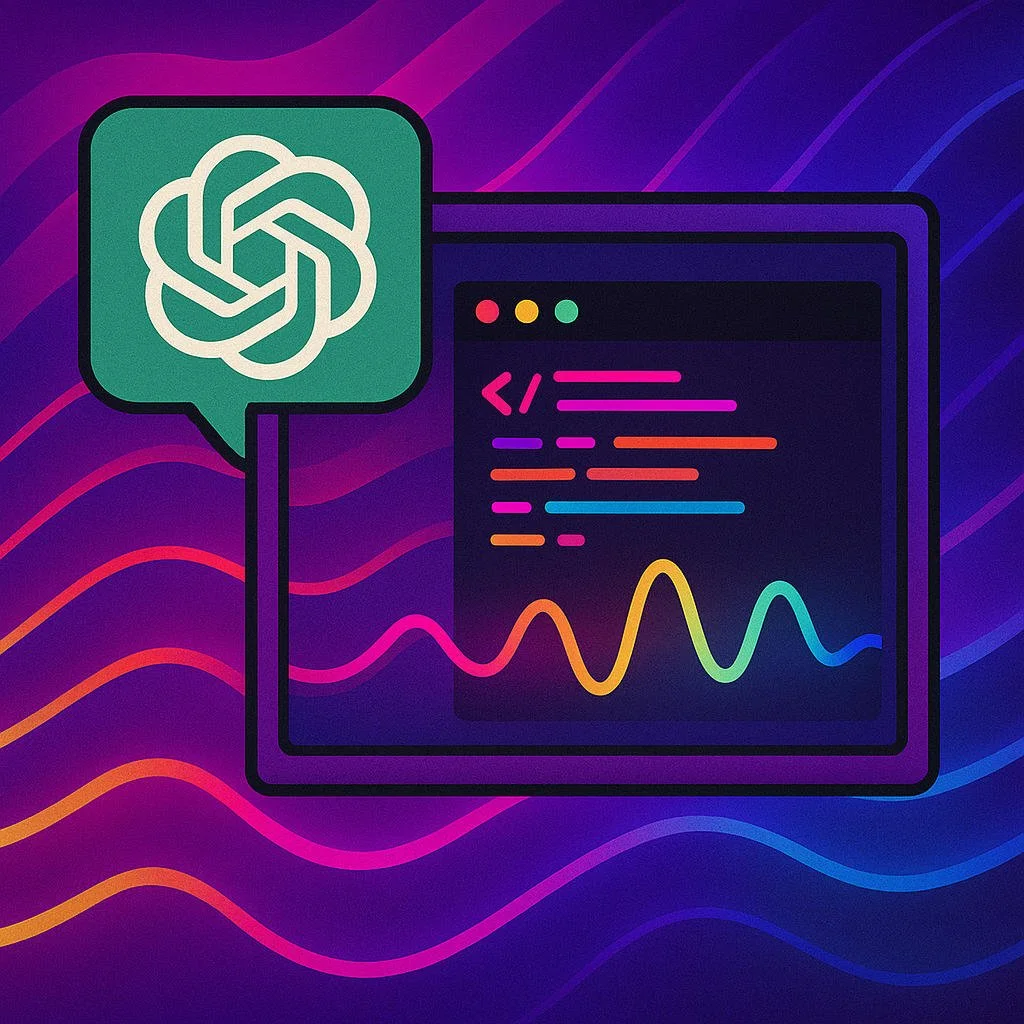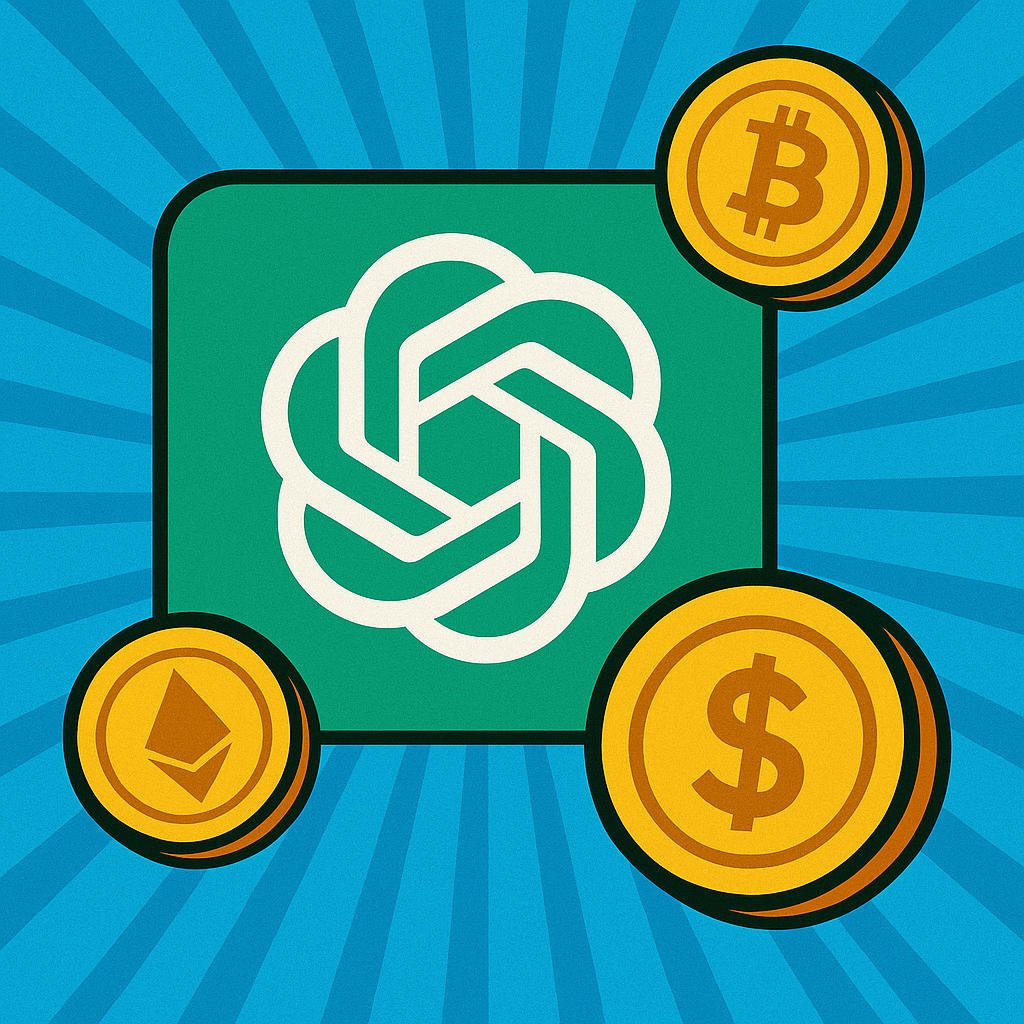How Does ChatGPT Make Money? (Explained in Plain English)
Big picture: what “ChatGPT making money” actually means
ChatGPT is a product built and operated by OpenAI. When you ask “How does ChatGPT make money?”, you’re really asking:
How does OpenAI turn ChatGPT and its underlying models into revenue?
In 2025, that revenue mainly comes from:
Paid ChatGPT subscriptions (personal plans like Plus/Pro/Go)
Business and Enterprise plans for teams and organizations
API usage, where developers and companies pay per use
Credits and usage-based billing for advanced features (images, video, deep reasoning, etc.)
Let’s go through each of these.
1. Freemium model: free ChatGPT vs. paid ChatGPT
OpenAI uses a classic freemium model.
Free plan
Anyone can sign up and use ChatGPT with some limits.
You might hit daily or monthly caps, get slower responses, or have limited access to advanced tools.
Paid plans
You pay a monthly subscription.
You get more powerful models, more messages, priority access, and extra features.
The free tier is how people discover ChatGPT. The paid tiers are how it makes money from people who rely on it more heavily.
2. Personal subscriptions: Plus, Pro, and Go
For individual users, ChatGPT offers several paid options (names and details can vary by region, but the structure is similar):
ChatGPT Plus
Monthly subscription for individuals.
What you usually get with Plus:
Access to stronger models than the free tier.
Higher limits for messages, file uploads, and tools.
Faster responses and better performance during busy times.
Extra features like image generation, file analysis, custom GPTs, and more.
This is recurring revenue: every month, a Plus user pays a fixed fee.
ChatGPT Pro
Higher-priced monthly plan for power users.
Typically aimed at:
Heavy daily users
Freelancers, creators, consultants
People running small AI-based workflows or businesses
Pro usually includes:
Even higher limits
Access to the most advanced models and “deep thinking” capabilities
Priority performance and early access to experimental features
The idea is simple: the more you use ChatGPT and the more value you get from it, the more it makes sense to pay for a higher tier.
ChatGPT Go
A lighter, lower-cost subscription tier.
Designed for:
Users who want more than the free plan
People who don’t need the full power of Plus or Pro
Think of the ladder like this:
Free → Go → Plus → Pro
Each step up costs more and unlocks more compute power and features. That’s how ChatGPT monetizes different levels of demand.
3. Business and Enterprise plans: making money from teams
Beyond individuals, ChatGPT also earns revenue from organizations.
These come in flavors like:
ChatGPT Business (or Team)
ChatGPT Enterprise
ChatGPT Edu (for universities)
They all share the same core idea: charge per user (per seat) for a shared workspace with extra controls.
ChatGPT Business / Team
Typical features:
Per-seat pricing for teams (for example, a set price per user per month).
Shared workspace so team members can collaborate.
Admin controls:
Add/remove users
View usage stats
Manage security and permissions
Business-appropriate data handling and privacy options.
This is classic SaaS-style revenue: a company pays monthly for its employees to use ChatGPT in a controlled, secure environment.
ChatGPT Enterprise and Edu
These plans are for larger organizations:
Higher or “unlimited” usage caps.
Strong security and compliance guarantees.
Data privacy protections (for example, business data not being used to train future models, depending on the plan).
Dedicated support, onboarding help, and sometimes custom features.
Discounted “Edu” versions for universities and schools.
These contracts can be:
Per-seat (per user)
Plus additional usage-based charges (credits) for heavy use of certain tools
This is where big companies and institutions sign formal agreements and incorporate ChatGPT into their daily operations at scale.
4. Credits and usage-based billing on top of subscriptions
On Business, Enterprise, and Edu tiers, there’s often a credit system layered on top of seats:
Credits are used for:
Extra “thinking time” or advanced reasoning
Image generation
Video generation
Other compute-heavy features (e.g., large file analysis)
How it works in practice:
An organization buys a pool of credits for their workspace.
When users trigger heavy operations (images, big datasets, advanced models), those actions consume credits.
If they run out of credits, they either:
Buy more, or
Wait until the next billing/renewal cycle.
This lets OpenAI:
Charge more to customers who use more resources.
Keep base subscription prices relatively straightforward.
So the revenue here is a combination of:
Subscription fees (predictable)
Variable usage fees via credits (scales with usage)
5. API usage: pay-per-use model for developers
A huge portion of the income behind ChatGPT-like technology comes from the OpenAI API.
Developers and companies can connect directly to the models and build:
Chatbots inside their apps
Writing assistants
Coding tools
Customer support bots
Data analysis tools
Hundreds of other AI-powered features
How API pricing works
The API is usually billed on a pay-as-you-go basis, based on:
Tokens of text
Sometimes images or other media units
A token is a small piece of text (a few characters or part of a word). Both:
The input (your prompt) and
The output (the model’s reply)
count toward your token usage.
Different models have different prices. Roughly:
Smaller or optimized models → cheaper per token
Larger, more advanced models → more expensive per token
Developers receive a monthly invoice for the number of tokens (and images, etc.) their apps used. The more an app’s users talk to the AI, the more the app’s creator pays OpenAI.
This is another big revenue stream: “ChatGPT as an engine” inside other people’s products.
6. Enterprise contracts and custom deals
At the top end, there are larger, custom contracts with big companies and institutions.
These can include:
A certain number of Enterprise seats
Guaranteed support and onboarding
Custom security reviews and compliance features
A minimum spend on API or credits
SLAs (service-level agreements) and uptime guarantees
From a money perspective, these behave like:
Big SaaS contracts, where a company agrees to spend a certain amount with OpenAI over a period (monthly, yearly, multi-year).
These deals are often negotiated individually and can represent major chunks of revenue.
7. Does ChatGPT make money by selling your data?
This is a common worry, but the core business model is not “sell your data to advertisers.”
Instead, the money comes from:
Subscriptions (Plus, Pro, Go, Business, Enterprise, Edu)
Usage-based billing (credits and API tokens)
Large enterprise and education contracts
For business-style plans (and especially Enterprise/Edu), there are specific policies stating that customer data is not used for training models by default, and that data is handled under strict security and privacy standards.
The point is: the financial model is usage and subscriptions, not selling chat logs.
8. Why are there so many different plan names?
Behind the scenes, the main cost driver is compute:
Running advanced models requires powerful hardware, lots of electricity, and serious infrastructure.
Some users barely touch the service; others run huge workloads all day.
So the plan structure exists to match price to usage:
Free → light usage, good for trying things out.
Go → a bit more usage and capability, at a low price.
Plus → heavier personal usage and access to better models.
Pro → serious personal or solo business usage.
Business / Enterprise / Edu → multi-user, heavy usage, extra security and control.
Credits / API → fine-grained pay-as-you-go for advanced or very heavy usage.
This lets OpenAI keep the platform accessible while still charging fairly for heavy users who generate big compute costs.
9. Summary: how ChatGPT actually makes money
Putting it all together, ChatGPT makes money by:
Charging individuals
Monthly subscriptions (Plus, Pro, Go) for higher limits, better models, and extra tools.
Charging businesses and institutions
Per-seat Business, Enterprise, and Edu plans with admin features, security, and collaboration.
Charging for usage
Credits for advanced features on top of subscriptions.
Pay-per-token and pay-per-image API billing for developers and other products.
Signing larger contracts
Enterprise and education agreements that bundle seats, usage, support, and minimum spend commitments.
The free version of ChatGPT is the gateway, but the real revenue comes from people and organizations who use it so much (or in such important ways) that paying for faster, smarter, more powerful access is worth the cost.







